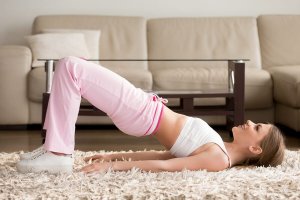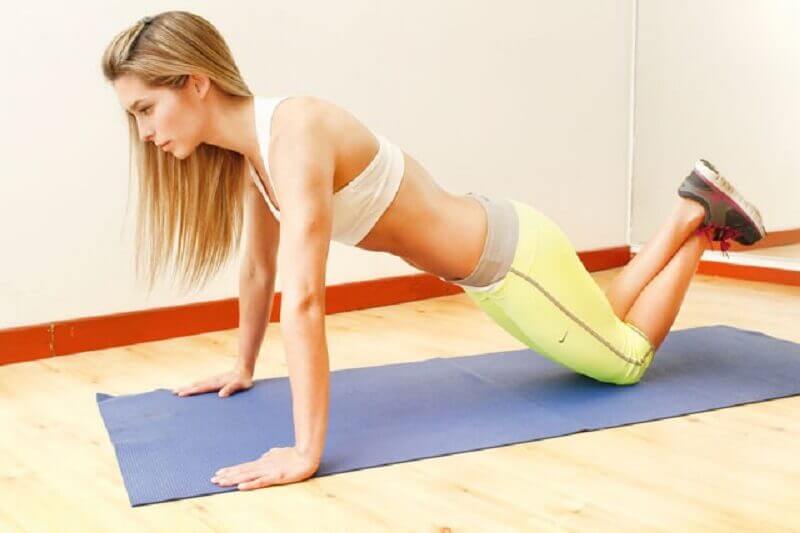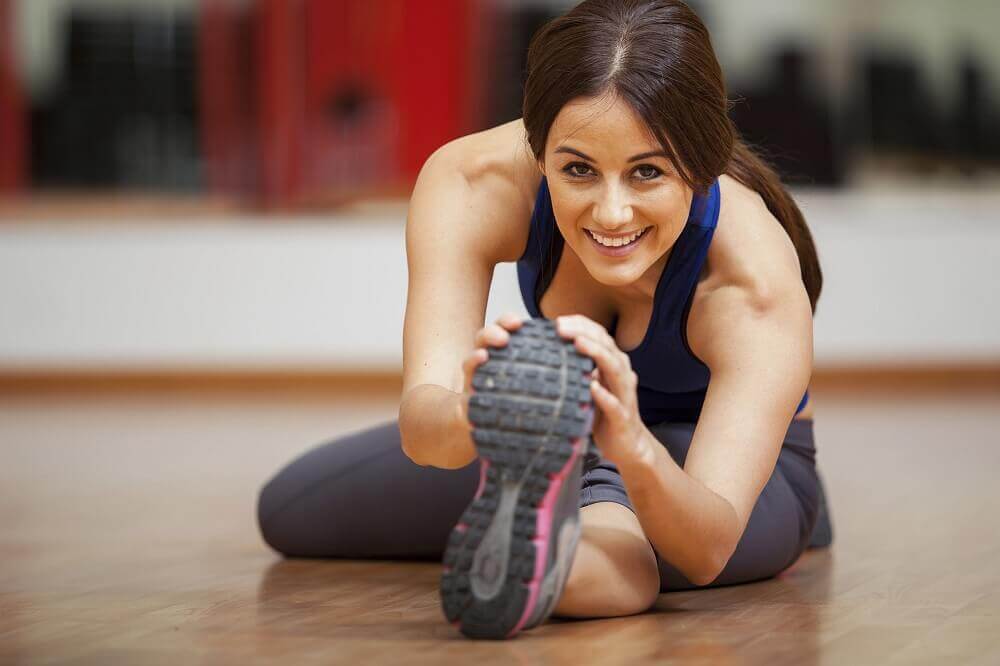5 Home Exercises for the Coronavirus Quarantine


Written and verified by the doctor Leonardo Biolatto
With most activities suspended due to the coronavirus crises, quarantine increases the risk of a sedentary lifestyle for many people. Therefore, knowing some home exercises for the coronavirus quarantine is important to stay physically and mentally healthy.
Remember, physical activity has positive effects on health. As this post from Cold Spring Harbor Perspectives in Medicine states, exercise is connected to a long life. Specifically, it reduces your risk of chronic diseases. For example, this includes heart problems, diabetes, lung conditions, and more.
Likewise, exercise helps manage your mental health and emotions. This is important because our current situation makes people feel stressed, panicked and anxious. Do you want to try these home exercises for the quarantine?
5 home exercises for the coronavirus quarantine
In times of illness, habits that help keep defenses strong become more important. Therefore, despite the quarantine, the general recommendation is to keep exercising moderately.
A study in the Journal of Sport and Health Science highlights that physical exercise contributes to a well-functioning immune system. That then reduces the risk of infection.
Of course, this goes hand in hand with a balanced diet and healthy lifestyle habits. In addition, it needs to be adapted to each person’s needs. Not everyone has the same physical capacity. In any case, right now, it’s important to stay well.
That being said, let’s find out some home exercises for the coronavirus quarantine. Sedentary people can spend about 20 minutes exercising, and people that regularly exercise can spend up to 40 minutes.
1. Marching on the spot
Marching on the spot is an interesting way to increase your heart rate without putting too much strain on your joints. We recommend doing this first, since it warms up your muscles and prepares them for other exercises.
You may be interested: Exercise and Pregnancy: Things to Consider
2. Burpees
Burpees are a full-body exercise since it involves endurance, strength and coordination. According to information in the Health & Fitness Journal, research shows that this helps increase physical fitness and reduce fatigue.
3. Home exercises for the quarantine: High-knee jump
This exercise helps to increase your heart rate. In addition, it also helps strengthen different muscle groups in your body. For example, it works your abs and lower body. In general, it’s an activity that combines the typical movement of running while lifting your knees high.
4. Assisted push-ups

One of the home exercises for the quarantine that you shouldn’t skip is push-ups. Although there are many ways to do it, including classic push-ups, this one is the assisted push-up. It involves different muscle groups, and it’s great to boost your physical endurance. In addition, it helps strengthen your abs.
5. Feet-elevated glute bridge
The feet-elevated glute bridge is an exercise that helps tone your buttocks. However, in addition to this, a study from the Brazilian Journal of Physical Therapy determined that it works your core.
Check this out: Five Mindfulness Exercises for Anxiety
Recommendations for these home exercises for the coronavirus quarantine

As you can see, each of these exercises helps you strengthen different muscle groups. Also, you increase cardiovascular activity. However, you won’t see results overnight or after the first time. If you want to avoid the effects of a sedentary lifestyle during the quarantine, it’s important to workout consistently.
Therefore, it’s a good idea to organize your activities every day, both for work and home tasks. Then, make sure to add time to do these exercises. As we’ve said, routines between 20 and 40 minutes are fine. Also, it’s good to look for lots of space where you can do these workouts comfortably. Go ahead and get moving!
All cited sources were thoroughly reviewed by our team to ensure their quality, reliability, currency, and validity. The bibliography of this article was considered reliable and of academic or scientific accuracy.
- Ruegsegger, G. N., & Booth, F. W. (2018). Health benefits of exercise. Cold Spring Harbor Perspectives in Medicine, 8(7). https://doi.org/10.1101/cshperspect.a029694
- Williamson J, Pahor M. Evidence regarding the benefits of physical exercise. Arch Intern Med. 2010;170(2):124–125. doi:10.1001/archinternmed.2009.491
- Nieman DC, Wentz LM. The compelling link between physical activity and the body’s defense system. J Sport Health Sci. 2019;8(3):201–217. doi:10.1016/j.jshs.2018.09.009
- Klika, Brett & Jordan, Chris. (2013). High-intensity circuit training using body weight: Maximum results with minimal investment. ACSM’s Health and Fitness Journal. 17. 8-13. 10.1249/FIT.0b013e31828cb1e8.
- Yoon JO, Kang MH, Kim JS, Oh JS. Effect of modified bridge exercise on trunk muscle activity in healthy adults: a cross sectional study. Braz J Phys Ther. 2018;22(2):161–167. doi:10.1016/j.bjpt.2017.09.005
This text is provided for informational purposes only and does not replace consultation with a professional. If in doubt, consult your specialist.








